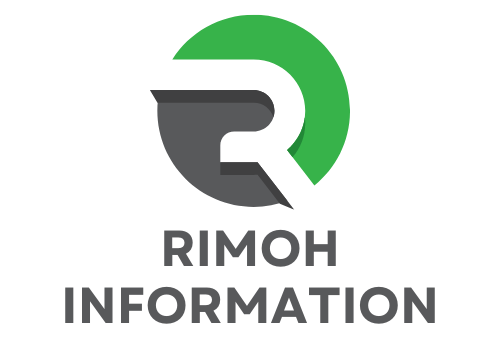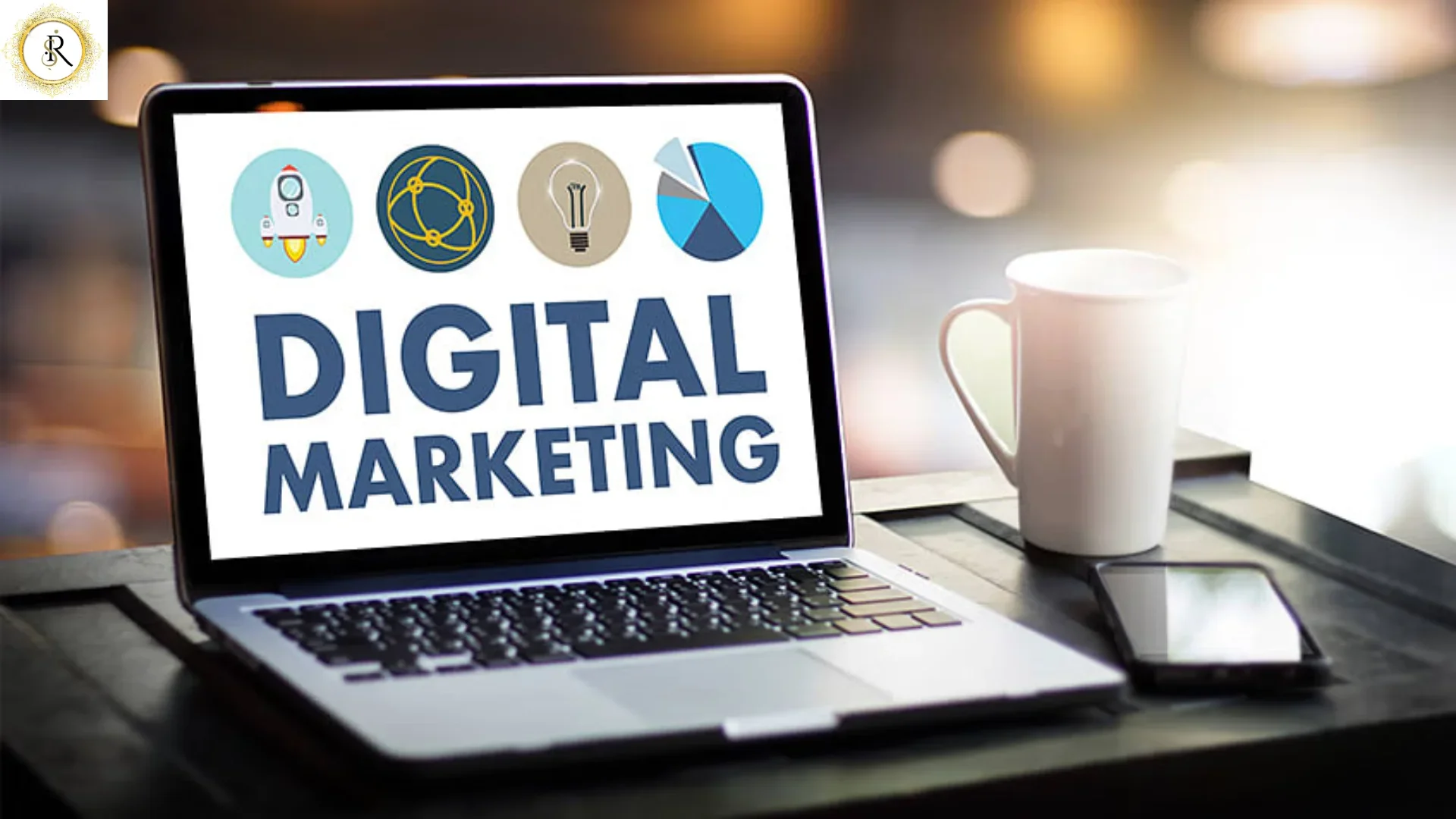What is digital marketing?
Digital marketing is the process of promoting products or services using various digital channels. It includes tactics such as email marketing, social media marketing, website promotion, blogging, search engine optimization (SEO), video marketing, influencer marketing, online advertising, and more. The goal of digital marketing is to reach and engage with consumers, ultimately driving awareness, leads, and sales through online platforms and technologies.
Why is digital marketing important?
Digital marketing is important for several reasons:
1. Wider Reach: With the proliferation of internet usage and mobile devices, digital marketing allows businesses to reach a global audience instantly, breaking geographical barriers.
2. Cost-Effective: Compared to traditional marketing methods like print or TV ads, digital marketing channels often have lower costs, making it accessible even for small businesses with limited budgets.
3. Targeted Advertising: Digital marketing platforms provide sophisticated targeting options, allowing businesses to reach specific demographics, interests, and behaviors, ensuring that their marketing efforts are directed towards the most relevant audience.
4.Measurable Results: Unlike traditional marketing, digital marketing offers extensive analytics and reporting tools, enabling businesses to track the performance of their campaigns in real-time. This allows for quick adjustments and optimizations based on data insights.
5. Enhanced Customer Engagement: Through social media, email marketing, and other digital channels, businesses can interact with their audience directly, building relationships and fostering brand loyalty.
6. Adaptability: Digital marketing strategies can be quickly adapted and modified based on market trends, consumer behavior, and business objectives, allowing businesses to stay agile and responsive in a fast-paced digital landscape.
7. Brand Visibility: Being present on various digital platforms increases a brand’s visibility and exposure, helping to establish authority, credibility, and brand awareness among target audiences.
8. Competitive Advantage: In today’s digital age, businesses that embrace digital marketing gain a competitive edge over those that rely solely on traditional marketing methods, as they can better meet the evolving needs and preferences of modern consumers.
Types of digital marketing
There are several types of digital marketing strategies, each utilizing different channels and tactics to reach and engage with target audiences. Some of the most common types include:
1. Search Engine Optimization (SEO): SEO focuses on optimizing a website’s content and structure to improve its visibility in search engine results pages (SERPs). This includes keyword research, on-page optimization, technical optimization, and link building to increase organic (non-paid) traffic.
2. Content Marketing: Content marketing involves creating and distributing valuable, relevant, and consistent content to attract and retain a clearly defined audience. This can include blog posts, articles, infographics, videos, podcasts, and more, aimed at providing useful information and solving audience problems.
3. Social Media Marketing: Social media marketing involves using social media platforms like Facebook, Instagram, Twitter, LinkedIn, and others to promote products or services, engage with audiences, and build brand awareness. It includes organic posting, paid advertising, influencer collaborations, and community management.
4. Email Marketing: Email marketing involves sending targeted messages and promotional content to a subscriber list via email. It’s used to nurture leads, drive conversions, and build customer relationships through personalized communication and automated email sequences.
5. Pay-Per-Click Advertising (PPC): PPC advertising involves placing ads on search engines (Google Ads) or social media platforms (Facebook Ads, LinkedIn Ads, etc.) and paying only when users click on the ad. It’s a cost-effective way to drive targeted traffic to a website and generate leads or sales.
6. Affiliate Marketing: Affiliate marketing is a performance-based marketing strategy where businesses reward affiliates (publishers, influencers, bloggers, etc.) for promoting their products or services and driving conversions. Affiliates earn a commission for each sale or lead they generate through their promotional efforts.
7. Video Marketing: Video marketing involves creating and sharing video content to engage and educate audiences. It can be used on websites, social media platforms, video-sharing sites like YouTube, and in email marketing campaigns to convey messages, demonstrate products, or tell stories.
8. Influencer Marketing: Influencer marketing involves partnering with influencers or key opinion leaders in a specific niche to promote products or services to their followers. It leverages the influencer’s credibility, reach, and influence to increase brand awareness and drive conversions.
9. Mobile Marketing: Mobile marketing focuses on reaching audiences on their mobile devices through strategies like mobile-optimized websites, mobile apps, SMS marketing, and location-based marketing. It capitalizes on the increasing use of smartphones and tablets for browsing, shopping, and consuming content.
10. Marketing Automation: Marketing automation involves using software and technology to automate repetitive marketing tasks, such as email campaigns, lead nurturing, social media posting, and customer segmentation. It streamlines processes, improves efficiency, and delivers personalized experiences to customers.
The benefits of digital marketing
Digital marketing offers numerous benefits for businesses of all sizes, including:
1. Global Reach: Digital marketing enables businesses to reach a global audience, breaking down geographical barriers and expanding their market reach beyond traditional boundaries.
2. Cost-Effectiveness: Compared to traditional marketing methods like print or TV advertising, digital marketing channels often have lower costs, making it accessible even for small businesses with limited budgets.
3. Targeted Advertising: Digital marketing platforms provide sophisticated targeting options, allowing businesses to reach specific demographics, interests, and behaviors. This ensures that marketing efforts are directed towards the most relevant audience, increasing the chances of success.
4. Measurable Results: Unlike traditional marketing, digital marketing offers extensive analytics and reporting tools, allowing businesses to track the performance of their campaigns in real-time. This enables quick adjustments and optimizations based on data insights, leading to better ROI.
5. Enhanced Customer Engagement: Through social media, email marketing, and other digital channels, businesses can interact with their audience directly, building relationships and fostering brand loyalty. This engagement leads to higher customer satisfaction and retention rates.
6. Increased Brand Awareness: Being present on various digital platforms increases a brand’s visibility and exposure, helping to establish authority, credibility, and brand awareness among target audiences.
7. Improved Conversion Rates: Digital marketing strategies like targeted advertising, personalized content, and email marketing are highly effective at driving conversions. By delivering the right message to the right audience at the right time, businesses can increase their conversion rates and drive sales.
8. Competitive Advantage: In today’s digital age, businesses that embrace digital marketing gain a competitive edge over those that rely solely on traditional marketing methods. By staying agile and responsive to market trends and consumer behavior, businesses can outperform their competitors and stay ahead in the market.
9. Scalability and Flexibility: Digital marketing strategies can be scaled up or down based on business needs and objectives. Whether it’s reaching a new market segment or launching a targeted campaign, digital marketing offers the flexibility to adapt quickly and efficiently.
How to create a digital marketing strategy
Creating an effective digital marketing strategy involves several key steps:
1. Set Clear Objectives: Start by defining your overall business goals and what you aim to achieve through digital marketing. Whether it’s increasing brand awareness, generating leads, driving sales, or improving customer retention, having clear objectives will guide your strategy.
2. Know Your Audience: Understand your target audience’s demographics, interests, behaviors, and preferences. Conduct market research, analyze customer data, and create buyer personas to identify who your ideal customers are and how to effectively reach them.
3. Choose the Right Channels: Determine which digital marketing channels are most relevant to your target audience and business goals. This could include social media, search engines, email marketing, content marketing, paid advertising, or a combination of several channels.
4. Develop Compelling Content: Create high-quality, engaging content that resonates with your target audience. This could include blog posts, videos, infographics, podcasts, social media posts, and more. Tailor your content to address the needs, pain points, and interests of your audience at each stage of the buyer’s journey.
5. Optimize for Search Engines: Implement search engine optimization (SEO) techniques to improve your website’s visibility and ranking in search engine results pages (SERPs). This includes keyword research, on-page optimization, technical SEO, and building quality backlinks.
6. Leverage Social Media: Utilize social media platforms to connect with your audience, build relationships, and promote your brand. Create a social media content calendar, engage with followers, run targeted advertising campaigns, and monitor social media metrics to track performance.
7. Implement Email Marketing: Build an email list of subscribers and nurture leads through targeted email marketing campaigns. Personalize your emails, segment your audience, and automate workflows to deliver relevant content and drive conversions.
8. Allocate Budget and Resources: Determine your digital marketing budget and allocate resources effectively across different channels and tactics. Consider factors such as advertising costs, content creation, software tools, and personnel expenses.
9. Measure and Analyze Results: Monitor the performance of your digital marketing efforts using key performance indicators (KPIs) such as website traffic, conversion rates, click-through rates, social media engagement, and ROI. Use analytics tools to track progress, identify areas for improvement, and optimize your strategy accordingly.
10. Stay Agile and Adapt: Digital marketing is constantly evolving, so be prepared to adapt your strategy based on changing market trends, consumer behavior, and performance data. Continuously test new ideas, iterate on existing strategies, and stay up-to-date with industry best practices to stay ahead of the competition.



